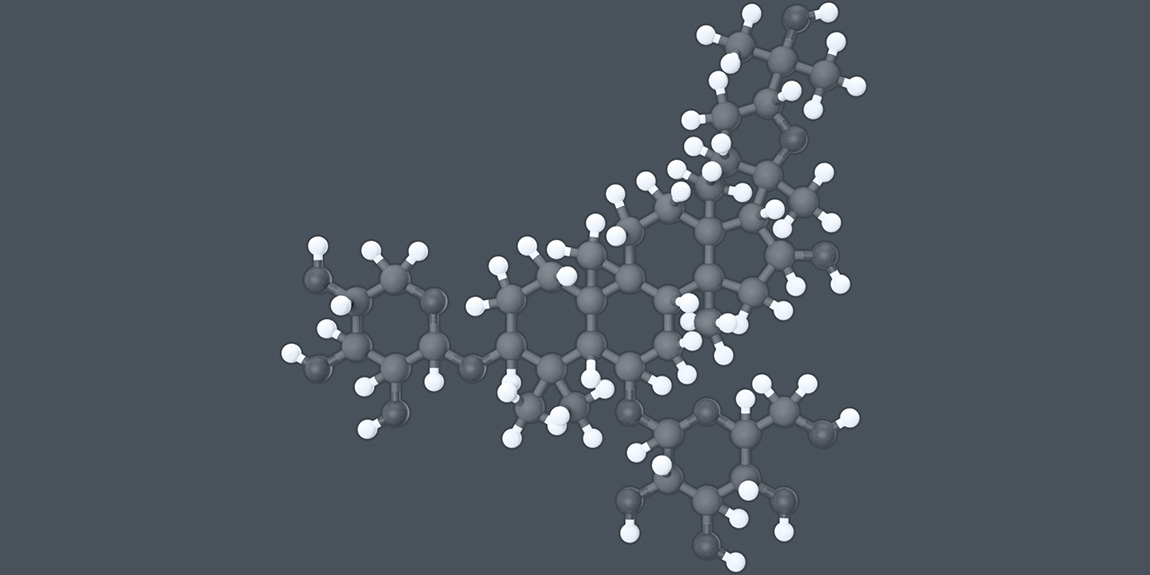
Astragalus is a plant of the Leguminosae family (beans or legumes). Astragalus is a perennial flowering plant, often called as Milkvetch root or Huang-qi. The plant grows from 16 to 36 inches tall. Astragalus is native to North and Eastern China, also Mongolia and Korea. Astragalus roots are harvested from the 4-year-old plants. The root of Astragalus is the only part of the plant that’s used medicinally.
Astragalus has thousands of years history of use in Traditional Chinese Medicine. Astragalus is an adaptogen which helps the body to fight off stress, diseases and boosts the immune system. Three main components of Astragalus are: saponins, flavonoids and polysaccharides.
H – ingredient has HIGH impact on specified disease
M – ingredient has MEDIUM impact on specified disease
N – there is no data confirming the impact of the ingredient on specified disease